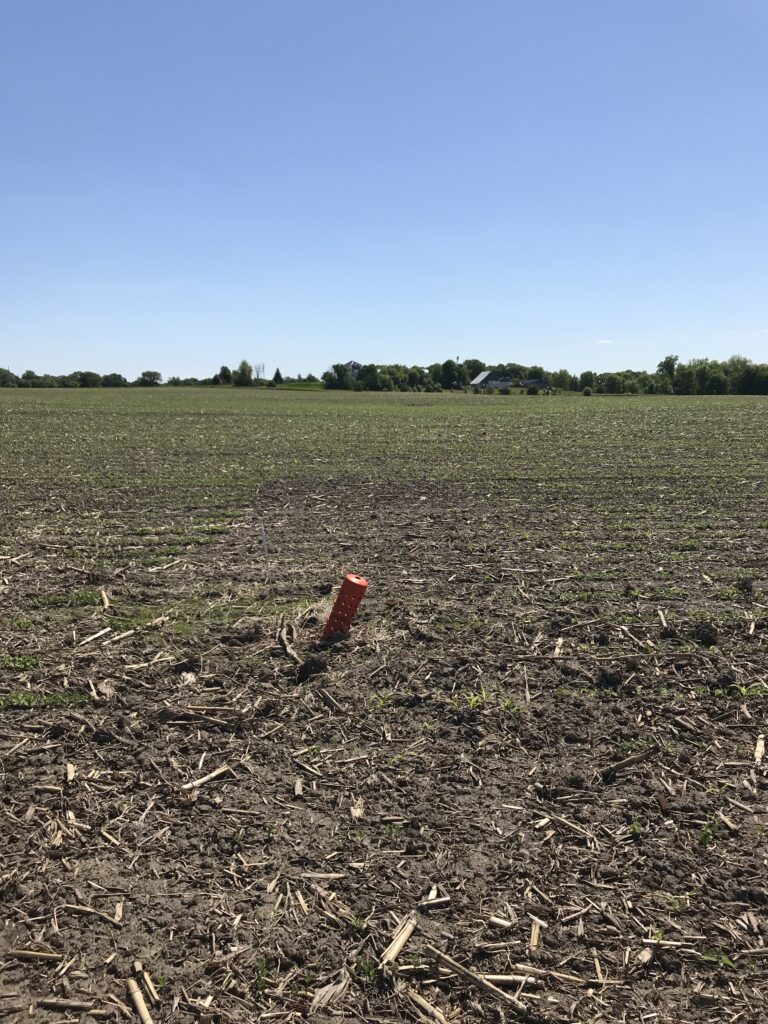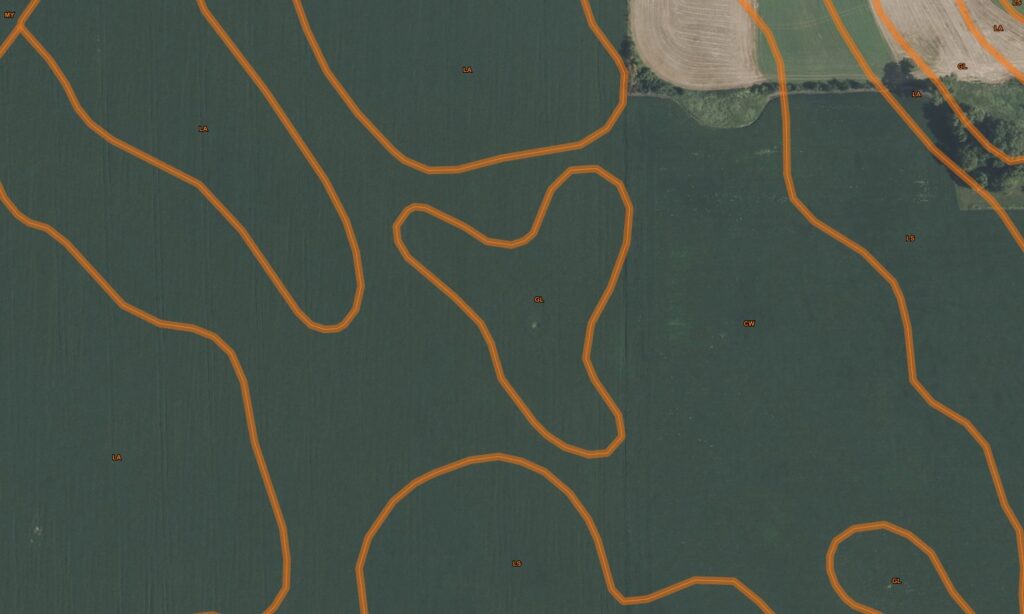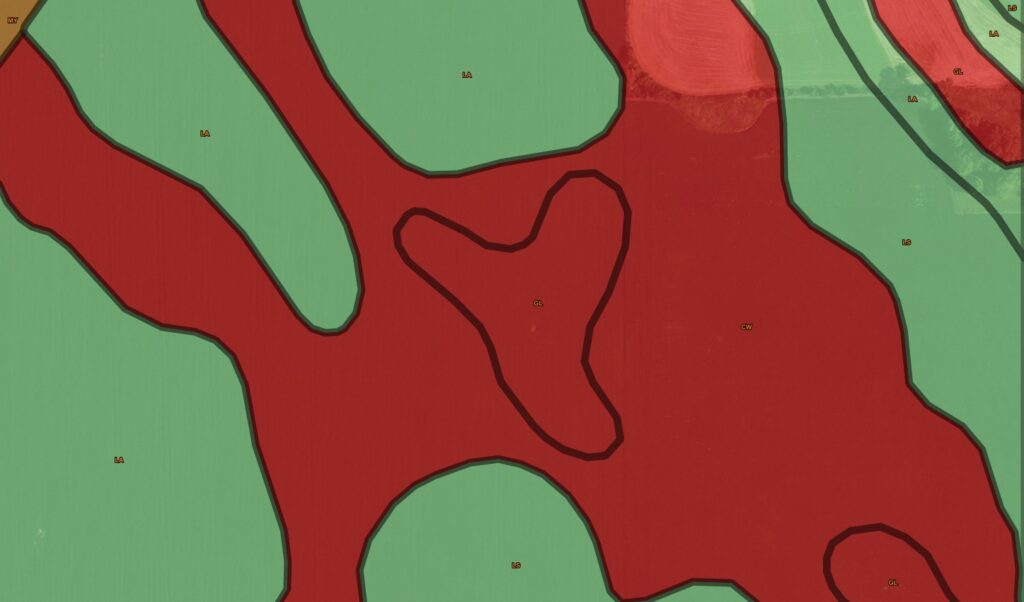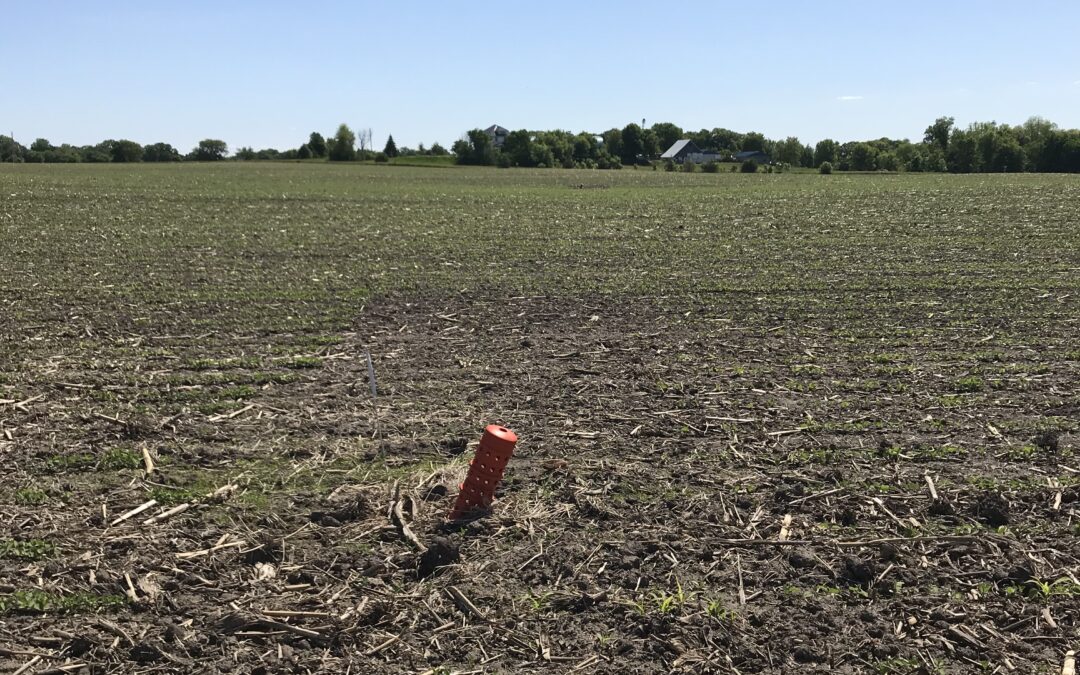A surprise we often get from many clients is that an area isn’t “wet” – so what do you mean it’s a wetland?
We can definitely see how this is confusing. When we think of a wetland, many of us think of a swamp or something similar with standing visible water. But the truth is, what classifies as a wetland could surprise you.

What is a Wetland?
So, what is a wetland exactly? This has been a regulated question that has persisted for at least 40 to 50 years, especially involving farmers with long-standing land-management practices and landowners who are looking to build new structures or add driveways.
According to the EPA, a wetland is defined as “areas where water covers the soil, or is present either at or near the surface of the soil all year or for varying periods of time during the year, including during growing season.”
So, what exactly does that mean? Well… it means that a wetland could look like anything from an area that holds standing water to a visibly dry area that has vegetation indicating that there may be water below the surface. It all depends!


What Determines the Wetlands Classification?
Giving a piece of land the wetlands classification depends on three factors: water, soil, and plants. Luckily, there are a number of governmental services that can help us with this determination.
The USDA National Resources Conservation Service (NRCS) and the Farm Service Agency both offer valuable technical assistance when it comes to identifying and classifying wetlands. You can also use the U.S. Fish & Wildlife Service’s Wetlands Mapper to find existing wetland classifications.
You can also work with an experienced wetland scientist to help you understand the complexity of the land you’re working with. They have years of experience working with regulatory agencies and can provide guidance navigating their rules.
Why is Classification Important?
Proper classification can help protect our environments and ensure a better future for the ecosystems that call them home. It also helps landowners understand their land better.
Some types of land, like ponds with cattails, are obviously wetlands that should be protected. However, other types of wetlands, like farms or floodplains, might not be as obvious.
Unfortunately for most landowners, this means they may discover an issue only after they’ve caused a negative impact. Whether this is done intentionally or not, it doesn’t matter. The fines and unapproved impacts can add up, creating a difficult (and expensive!) situation for landowners to deal with.
How Can You Avoid Unintentional Impacts?
Being proactive is the best way to avoid unintentional negative impacts. Before you start to make improvements or changes to your property, call a professional to help guide you through the process.
Trained experts, like those of us here at Midwest Wetland Improvements, can help you navigate the difficult process of delineation and approval. Not only will this save the ecosystems around you but it will also save you money and time. For example, one of our recent projects cost the landowner $10,000 with pre-construction approval. It could have cost $40,000+ with penalties and restoration/replacement costs if the landowner had been caught causing an impact after the fact.
Let Midwest Wetland Improvements Save You Time & Money
If you have a question about your land and need a wetland scientist to guide you through the process, reach out to Midwest Wetland Improvements!
We would be happy to help you evaluate, plan, and design ecological restoration projects for all your water-centric habitats.


Recent Comments